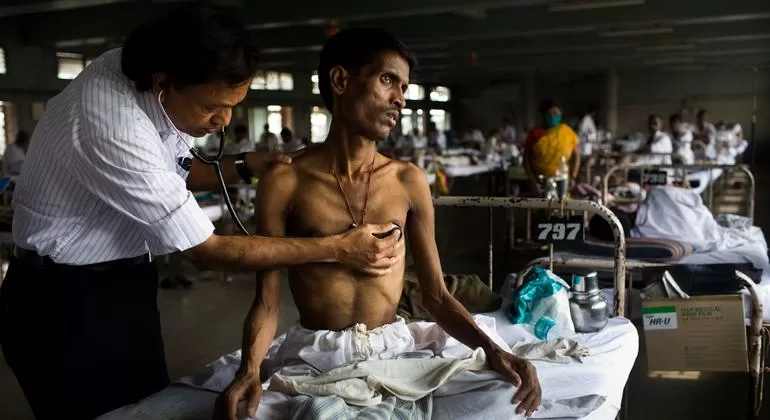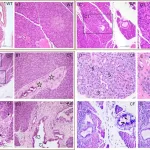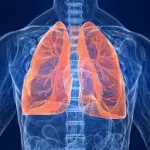In a significant stride forward, a faster and notably more effective treatment for drug-resistant tuberculosis (TB) is being introduced across the Asia-Pacific region, heralding a potential “new era” in combating one of the world’s deadliest infectious diseases.
According to World Health Organization (WHO) statistics, the Asia-Pacific region bore the brunt of the world’s estimated 10.6 million new TB cases in 2022, with over half of the 1.3 million deaths occurring within its borders.
Traditionally, treatment for drug-resistant TB has been arduous, involving daily painful injections or a multitude of pills for periods extending over 18 months or longer. The regimen often led to severe side effects, including nausea and, in extreme cases, blindness. Consequently, many patients prematurely discontinued their treatment, resulting in a success rate as low as 63 percent.
However, a new drug regimen, known as BPaL, is now being rolled out in the Asia-Pacific, including countries like the Philippines, Vietnam, and Indonesia. Trials have demonstrated a remarkable cure rate exceeding 90 percent after just six months.
BPaL, developed by the non-profit TB Alliance, combines the antibiotics bedaquiline, pretomanid, and linezolid. Since 2019, it has received regulatory approval in over 60 countries. Furthermore, the WHO updated its guidelines in 2022 to endorse the use of BPaL with or without a fourth antibiotic called moxifloxacin.
For individuals like Efifanio Brillante, a Filipino cook diagnosed with drug-resistant TB in June 2022, BPaL has been life-changing. Brillante, who initially endured a regimen of 20 tablets daily, experienced debilitating nausea, rendering him unable to work or eat. However, after participating in a BPaL trial, he was cured in just six months, taking between three to seven pills per day.
Reflecting on his journey, Brillante expressed gratitude, stating, “If I didn’t take that BPaL, I might already be buried in the cemetery.”
TB, caused by a bacteria primarily attacking the lungs and transmitted through the air, poses a significant risk to impoverished communities residing in overcrowded conditions. While TB is found worldwide, eight countries, including India, Indonesia, and the Philippines, accounted for two-thirds of new TB cases in 2022.
Despite the remarkable strides made in TB treatment, challenges persist. Patient compliance remains a concern, compounded by financial burdens, stigma, and difficulties in diagnosis. However, initiatives like the BPaL rollout offer a glimmer of hope in the fight against TB.
Amid calls for increased funding to combat TB, stakeholders emphasize the need for continued investment in research and development for new treatments. Sandeep Juneja of the TB Alliance envisions a future where TB treatment is simpler and more accessible.
As the rollout of BPaL gains momentum, stakeholders across the region anticipate a transformative shift in the battle against drug-resistant TB, paving the way for improved outcomes and a brighter future for millions affected by this debilitating disease.











